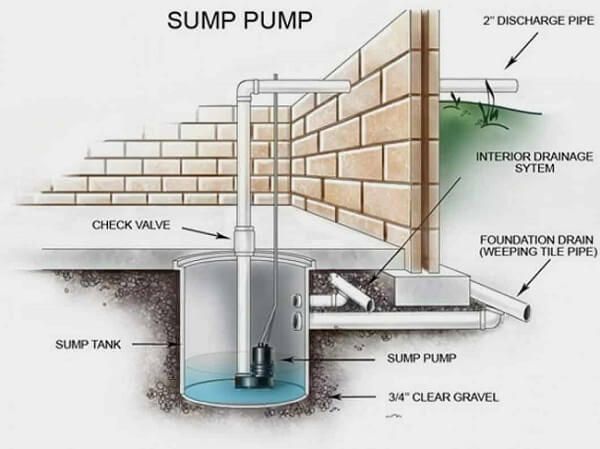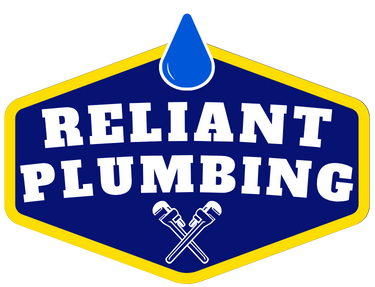
Sump Pumps in Cambridge: What They Do & Why Every Basement Needs One
Protect your home from costly water damage with a properly installed and maintained sump pump system—especially in flood-prone areas like Cambridge.

Introduction
Basement flooding is a serious concern in Cambridge, especially during spring thaw, heavy rainstorms, or when your property sits in a low-lying area. One of the best defenses against water damage? A sump pump.
In this article, we’ll cover everything Cambridge homeowners need to know about sump pumps—what they are, how they work, signs of failure, and when you should repair or replace yours.
What Is a Sump Pump?
A sump pump is a small pump installed in the lowest part of your basement or crawl space. It's housed in a pit (or sump basin) and designed to automatically pump out water that accumulates around your home's foundation—especially during heavy rain or melting snow.
Why Are Sump Pumps Important in Cambridge?
Cambridge sees its share of freeze/thaw cycles and seasonal flooding, making basement waterproofing a real necessity—not a luxury.
Key Reasons You Might Need a Sump Pump:
- You’ve had a flooded basement before
- Your home sits on a slope or in a flood zone
- Your sump pit fills regularly during storms
- Your basement has a history of moisture or mold
How Does a Sump Pump Work?
When water collects in the sump pit and reaches a certain level, a float switch triggers the pump to turn on. It pushes the water through a discharge pipe and safely away from your home’s foundation.
Many systems have a check valve to prevent backflow and may include a battery backup to keep the pump working during power outages.
Signs Your Sump Pump Might Be Failing
It’s not enough to have a sump pump—it needs to be working properly. Here are signs to watch for:
- Loud or strange noises during operation
- Runs constantly or won’t turn on at all
- Visible rust or corrosion
- Water pooling in the sump pit
- Musty smells or signs of mold in the basement
If you notice any of these issues, it may be time for a professional inspection or replacement.
Maintenance Tips for Homeowners
A little routine maintenance can go a long way in preventing sump pump failure:
- Test the pump every few months by pouring water into the pit
- Clean the pit of dirt, gravel, and debris
- Check the float switch to ensure it’s not stuck
- Inspect the discharge pipe for clogs or freezing
- Replace the battery backup every 2-3 years
When to Replace Your Sump Pump
On average, sump pumps last between 7 and 10 years. However, frequent usage, poor maintenance, and power surges can shorten that lifespan.
Replace your pump if:
- It’s more than 10 years old
- You’ve had recent flooding despite the pump
- Repairs cost more than 50% of a new unit
Do You Need a Backup System?
Yes. During storms, power outages are common—exactly when you need your pump most. A battery backup or water-powered backup system ensures your basement stays protected when the main pump goes offline.
Why Hire a Professional for Sump Pump Service?
While DIY solutions might work in the short term, a licensed plumber can:
- Ensure correct pump sizing and capacity
- Install proper drainage and discharge lines
- Prevent electrical hazards
- Provide long-term solutions for waterproofing
Final Thoughts
Whether you’re installing a sump pump for the first time or replacing an old unit, it’s one of the smartest investments you can make in protecting your home from flooding and costly damage.
Don’t wait until your basement fills with water. If you’re unsure about your system’s condition—or need help choosing a new one—get a professional opinion today.
